-
BUY COFFEE
-
LEARN
-
BUY GOODS
-
SERVICES
April 05, 2024
Have you ever brewed a cup of coffee so wonderful, you thought, "This is the best coffee I've ever had..."only to attempt to recreate it and fail miserably? I know I have.
Before I committed to learning all I could about coffee, I felt that my ability to produce a professional level extraction was always going to be hindered by my lack of experience, lack of ability to purchase expensive brewing equipment or access to high quality specialty coffee.
But over the years I’ve learned that brewing a great cup of coffee really boils down to 5 key concepts. Understanding these concepts and how they interact with one another really helped me to refine my brewing process, and make an incredible cup time and again.
**(Full Disclosure: After several years brewing Chemex and V60, hours and hours of extraction, weighing, grinding, and modifying all the minutiae to brew a perfect cup, I’ve more or less ditched that practice at home in favor of time. With two kids, I don’t have the focus or energy to divest into a morning manual brew. Instead we brew on our Cuisinart drip machine. We do what we can to survive the day)
If you can commit these to memory and apply them to brewing, you can 100% recreate an amazing coffee day after day.
So what are these core coffee concepts? They are in essence the 5M's of Italian Espresso:
Or in english:
Let's break these down one by one shall we?
You cannot brew crap coffee and expect it to taste good. You only get out what you put in. Choose a high quality, fresh roasted specialty coffee. If you're at the grocery store pay attention to: Roast Date, Roast Degree, and whether or not it's whole bean or ground.
You'll know it's specialty if they roaster respects the bean. This means, NOT dark roasted, NOT pre-ground, with a ROAST DATE on the bag. Why does all of this matter? I'll get into that in a later blog. But essentially, choose incredible coffee and you'll be able to brew an incredible cup.
The coffee grinder is the single most important purchase you'll make as a coffee lover. Buying a blade grinder for specialty coffee is like putting Wyagu in food processor. DON'T DO IT. The quality of the grinder affects the particle distribution size, which affects extraction, which affects flavor. Get a great grinder, and make sure you know how to use it.
To sum it up: know how to use your brew device so you can brew a better cup.
This one should be obvious, but just in case, if you take care of your brew gear, it will take care of you. Keep your coffee pot clean. Wash off your french press, clean out your Chemex. Keep your equipment clean and tidy and it'll last you for years down the line! All that coffee will build up if you don't regularly clean it out.
So as you can see its very easy to get into all the minutiae, the details behind each method, the techniques that make a great each brew method awesome. I hope that knowing these 5 necessities will put you on the right course in developing your skills for each brew methods. Chances are you've probably known or suspected a few of these points already, I hope having it all spelled out helps you put it all in perspective. There is so much more we can get into, but there are more blogs for that!
Thanks for reading, and have an incredible day!
- Erik Werner
Comments will be approved before showing up.
Join our mailing list and we'll send you 3 simple steps to brew the perfect cup.
© 2024 Valiant Coffee.
Powered by Shopify
